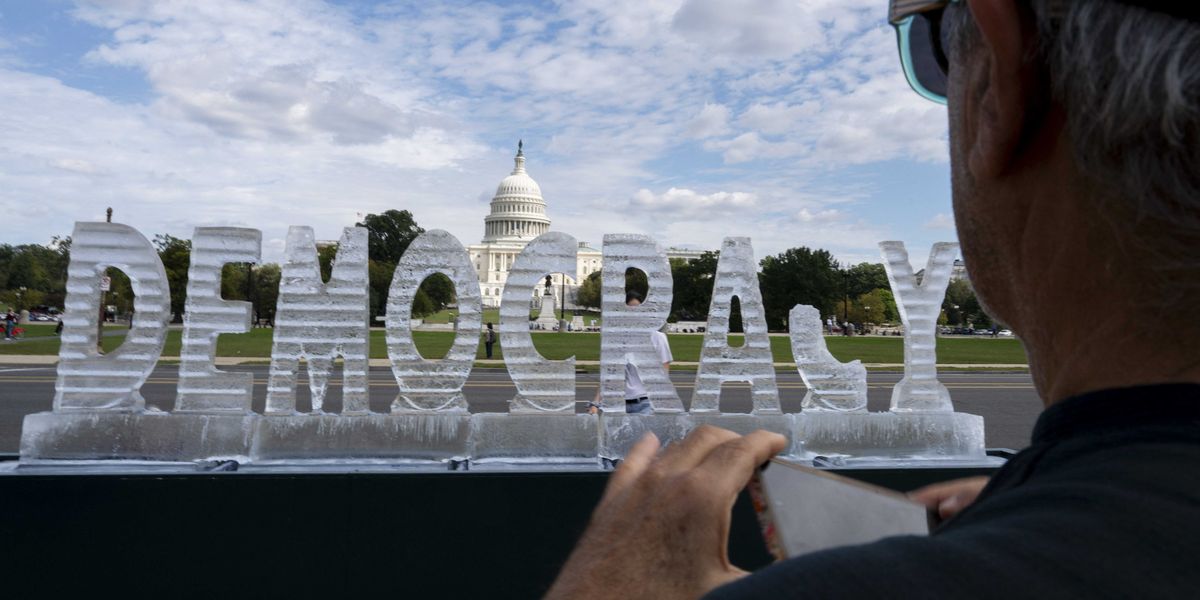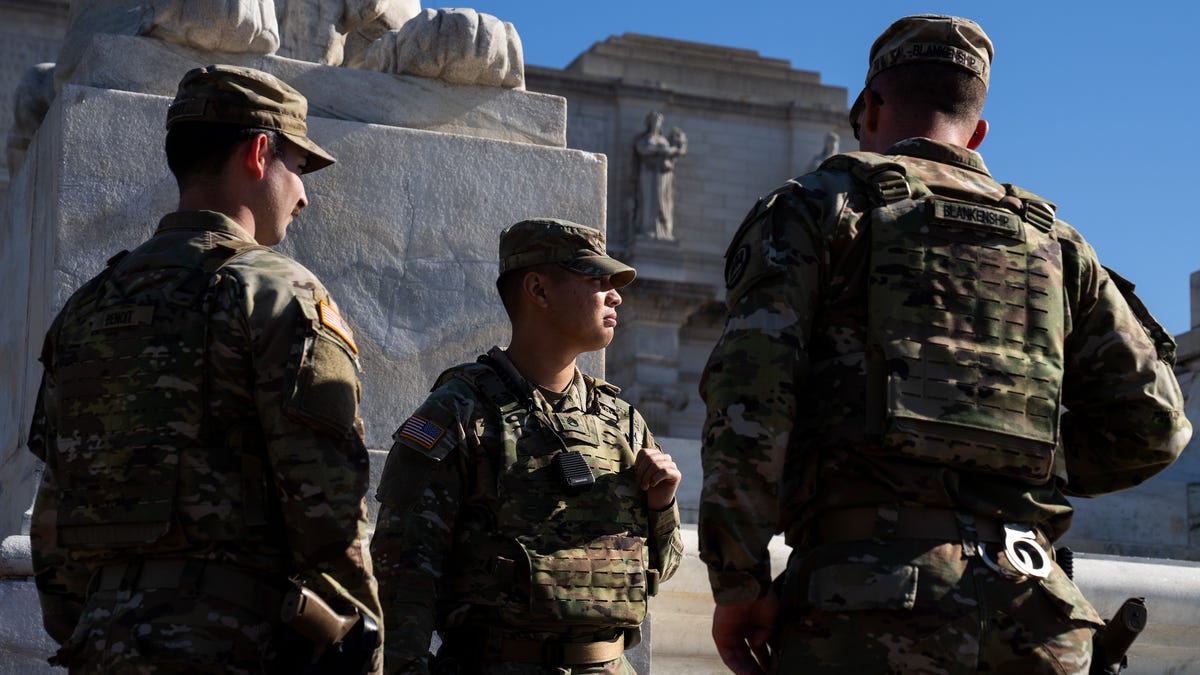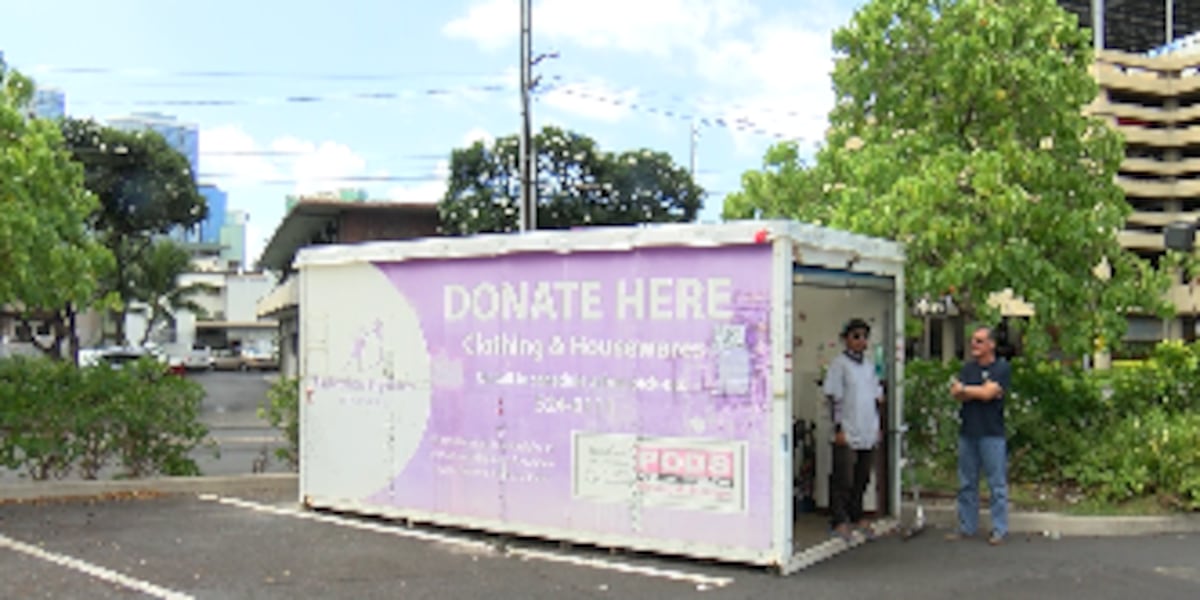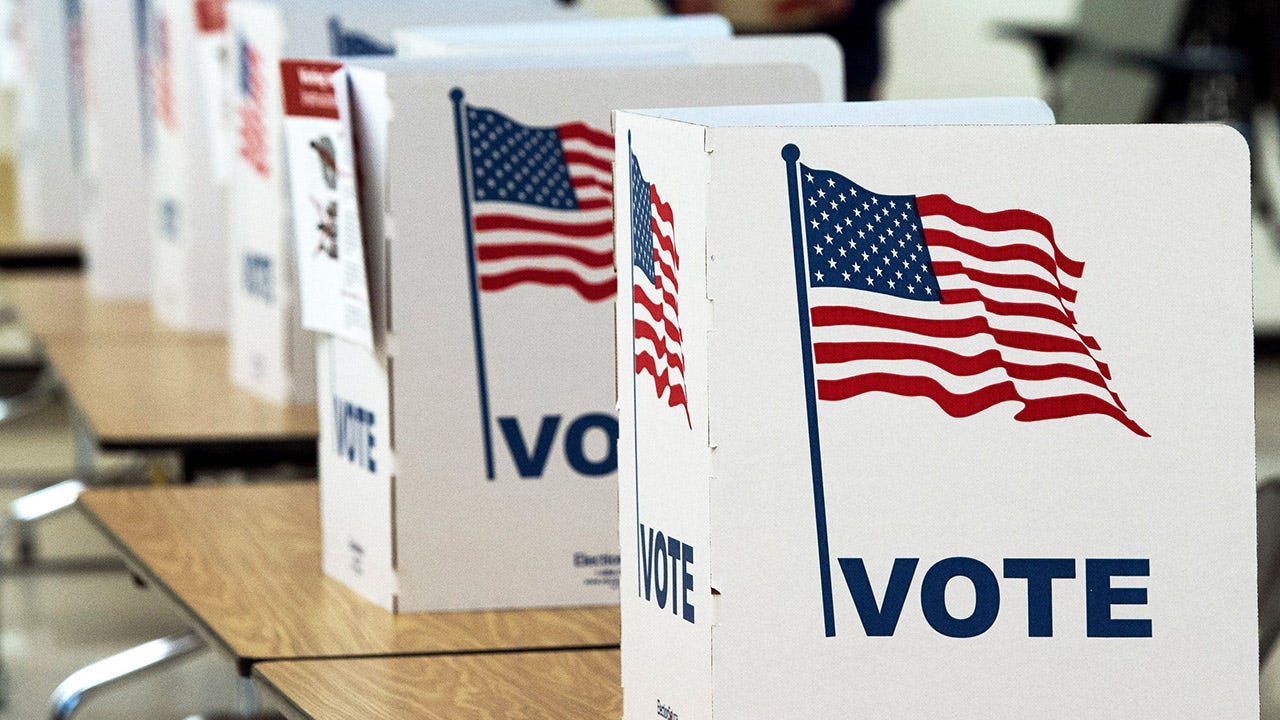Download the abc27 News+ app on your Roku, Amazon Fire TV Stick, and Apple TV devices
Pennsylvania
How a federal funding freeze would impact Philly region
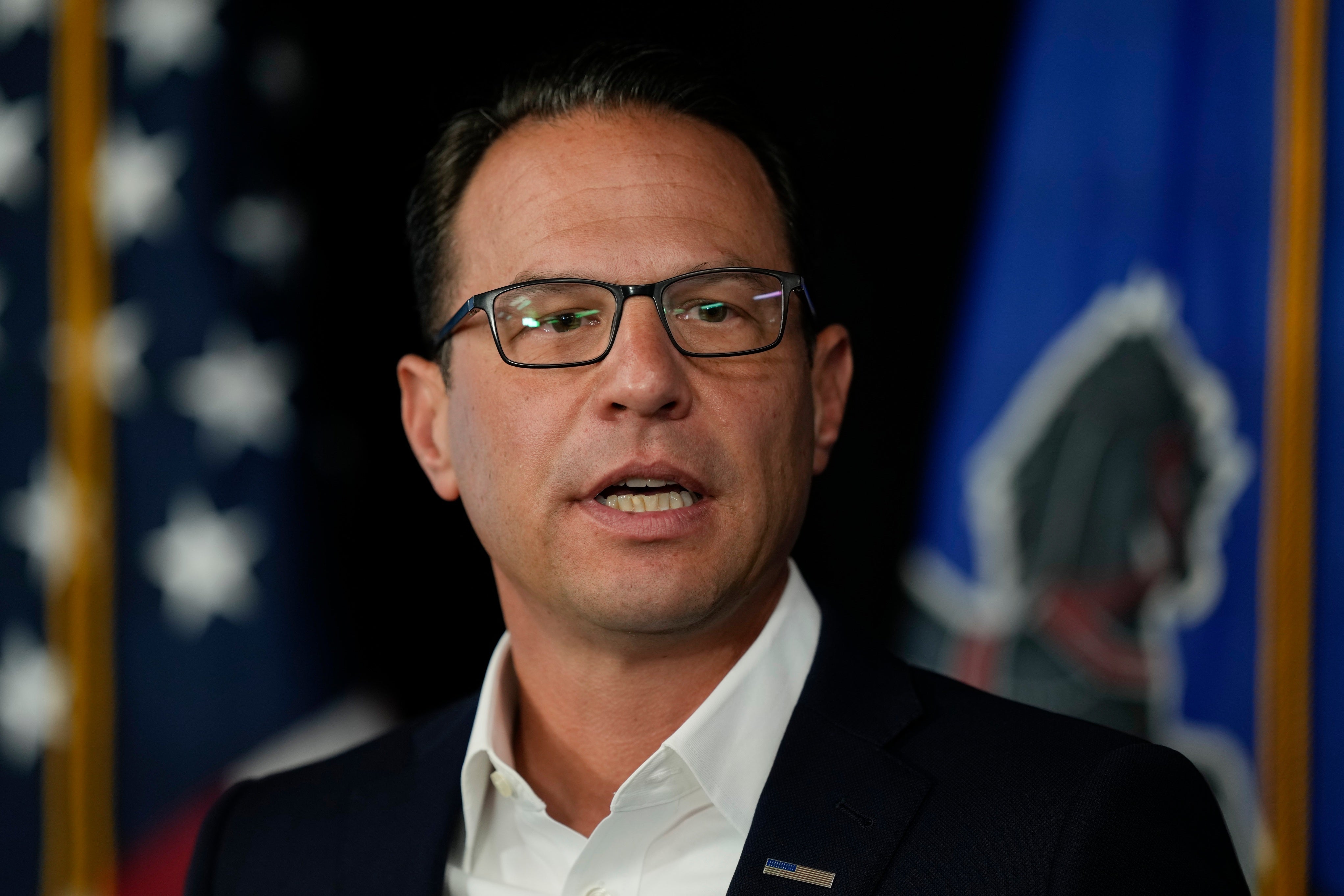
The lack of clarity is remarkable as targets of the freeze face enormous consequences. States, local governments, institutions and many nonprofits rely on federal funds to deliver services and carry out vital programs. The OMB memo called for an exception to Social Security, Medicare and direct payments to Americans.
U.S. District Judge Loren L. AliKhan’s decision to grant a temporary stay was made in order to hear arguments from the White House and the various entities who challenged the pause. That hearing is scheduled to take place Feb. 3.
Local elected officials are already experiencing fallout from the freeze.
A spokesperson for Chester County told WHYY News its Department of Community Development is currently unable to access more than $13.3 million in federal funds from the U.S. Department of Housing and Urban Development.
The money is meant to support affordable housing, homelessness and nonprofit services. Without this subsidy, 70 households with disabilities would likely be experiencing homelessness, according to county officials.
“Federal funds are also crucial for maintaining and repairing our transportation infrastructure – our roads, bridges and public transit systems that keep our county moving,” the county said in a statement. “Our residents depend on them to get to work, school, medical appointments, and for goods and services to flow smoothly. Delays in these repairs aren’t just a matter of convenience, they could be dangerous.”
Chester County government receives approximately $68 million in federal funding.
In Bucks County, spokesperson Jim O’Malley said according to the county’s current estimates, a federal funding freeze would halt roughly $300 million in “pass-through” funds and just under $80 million in direct federal grants to the county.
Montgomery County’s Democratic Commissioners Neil Makhija and Jamila Winder estimated residents benefit from more than $140 million in federal grant programs each year. The pair issued a statement Tuesday evening, arguing the pause would “hurt hundreds of thousands of people in Montgomery County.”
“That memo was reckless and should never have been issued,” Makhija said in a statement Wednesday. “While it’s fair to communicate a desire to evaluate government spending and programming, there are more effective — and legal — ways to do this in partnership with all levels of government. We’re doing everything we can to protect our residents and ensure that we’re able to continue to meet their needs, in everything from housing to public safety.”

Pennsylvania
Families in Delaware County, Pennsylvania, brace for SNAP benefits to pause as food pantries step up
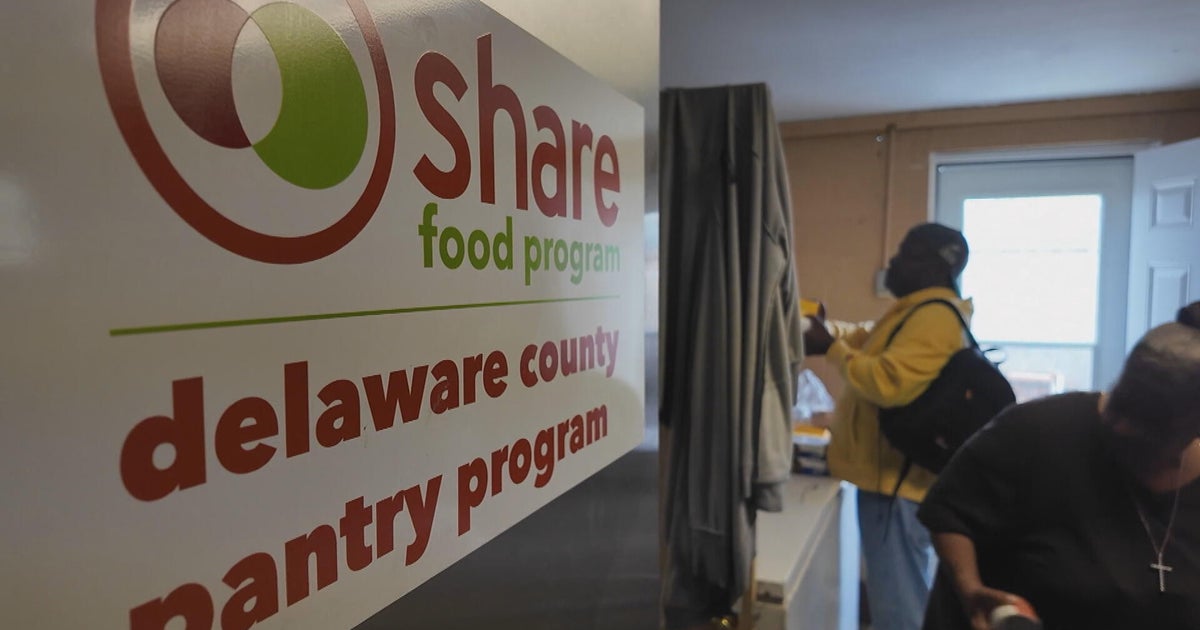
Families across Delaware County are bracing for financial strain as a pause in SNAP benefits looms amid the ongoing federal government shutdown. Food pantries are preparing for a surge in demand as residents struggle to put food on the table.
Momilani Miller, a school bus driver and single mother of three from Darby Township, said she typically receives about $500 a month in SNAP benefits. But with federal payments halted, she said November will be difficult.
Resources for SNAP recipients in Philadelphia, New Jersey, Delaware as benefits deadline nears
“It’s a big strain because that’s one thing that I didn’t really have to deal with,” Miller said. “I could pay this bill or pay that bill, but now it’s going to come down to: Will I pay this bill or buy groceries for my family?”
She’s not alone. Thousands of Delaware County residents rely on SNAP to cover their grocery bills. Zahira Bowman, a 17-year-old from Sharon Hill, said her mom’s holiday table will look different this year.
“I think we’re still going to have Thanksgiving, but like, she’s probably going to look for cheaper stuff, like on a budget,” Bowman said. “My mom pays the mortgage and has a car, so she doesn’t have a lot of money to spare.”
Food pantries are feeling the pressure. At Mount Zion C.M.E. Church in Sharon Hill, pantry director Clarisse Smith said shelves are thinning as the need rises.
“We have four volunteers,” Smith said. “We lost eight of our volunteers. They went out and had to get other jobs because their jobs with the government were taken away, so they’re not able to volunteer anymore. So hopefully we’ll get some of the church members to come out and help us out, but it’s really hard.”
Delaware declares state of emergency to allow state funding for SNAP recipients on weekly basis
Smith said her pantry usually feeds around 70 families a week. Now, she’s preparing to serve up to 100.
“I’m not going to stop,” she said. “The government shutdown isn’t going to stop me from feeding anybody.”
For Miller, this week marked the first time she’s had to visit a food pantry, something she never thought she’d have to do.
“It’s going to be helpful,” Miller said. “My kids will eat it. It will get us by until the government can make a decision on what they’re doing.”
As the shutdown continues, families like Miller’s are relying on faith, neighbors and community resources to get through.
Pennsylvania
Pennsylvania college students hold day of action over affordability

MIDDLETOWN, Pa. (WHTM) — The ongoing federal government shutdown and state budget stalemate aren’t good for anyone, but one generation says it’s suffering more than most.
That’s on top of ongoing affordability issues for what’s known as “Generation Z.”
“Day of Action” events took place Wednesday at six different Pennsylvania campuses as part of Project 26 Pennsylvania, including two in the Midstate.
Tombstones visualized various facets of life and the economy at Penn State Harrisburg.
“A government that listens to us and works for us,” said Aimee Van Cleave, interim executive director of Project 26 Pennsylvania. “So many things that were attainable for other folks are now essentially dead to Gen Z.”
“Rest in peace to your job security, rest in peace to your homes that you plan to buy, because being a homeowner as a Gen Z-er is not going to be easy in any way, shape or form,” said Danae Martin, a Penn State Harrisburg junior.
It’s a way to get the attention of Penn State Harrisburg students rushing to-and-from class.
Martin’s platypus costume is another way.
“People see this and they’re like, ‘What’s that over there?’ and they come,” Martin said. “Then you get that more serious conversation when they come.”
Conversations about topics like what’s sometimes called the “Pink Tax.”
“The pink tax is the idea that there are goods and services that are just more expensive for women than they are for men,” Van Cleave said.
All part of broader affordability issues.
“About how they’re going to be able to find a job when they graduate, how they are going to able to pay for housing and even just basic necessities like groceries and gas and utility bills,” Van Cleave said.
“There’s a lot of people that are frustrated and this event allows people to vent out those frustrations but in a more conductive and progressive and peaceful way,” said Rashide Barro, a junior, helping students write postcards to elected leaders.
Along with Penn State Harrisburg, similar demonstrations took place at Dickinson College, Temple University, Lehigh University and the University of Pittsburgh.
Pennsylvania
As Pennsylvania health care adopts AI, how should the technology be regulated?

State efforts in regulating AI and ensuring its safety
As an emergency physician in Allegheny County, Venkat shares in the excitement around AI and its potential, especially to relieve health care workers with time-consuming tasks like patient charting, medical documentation and assessing staffing needs.
But it also requires great scrutiny, he said. Could this evolving technology one day supersede humans’ roles in clinical decision making? Could it deny health insurance coverage for lifesaving treatments without any human intervention? Or leave the door open to new cybersecurity risks for sensitive patient information?
Pennsylvania has existing laws on health care ethics, patient privacy and data collection, transparency and informed consent, as well as consumer protections for health insurance, but they don’t specifically speak to AI.
“Right now, it is the Wild West when it comes to artificial intelligence, as to whether in the deployment of artificial intelligence, those laws are being followed,” he said.
The proposed bill would create a rule book for how health providers and companies could apply AI in clinical settings, the health insurance sector and in data collection, “without creating an onerous burden that would prevent them from continuing to innovate and apply artificial intelligence where it may be appropriate,” Venkat said.
Patients should be told when AI is involved in their care, he said, and a human should be responsible for any final decisions on treatment and health insurance coverage.
The bill also calls for AI tools and software that prevent bias and discrimination in health care settings, not reinforce or add to it.
Without legislation at the federal level to build on, Venkat said it’s up to individual states to address AI sooner rather than later.
“I think we have no choice but to move forward in this regard,” he said.
Independent, nonregulatory groups like the Patient Safety Authority are just beginning to monitor and assess AI in Pennsylvania health care systems and its impact on patients.
The authority looks for new and emerging issues that affect patient safety. Hospitals, nursing homes and health offices are required to report misdiagnoses, fall injuries, medication errors and other kinds of adverse events.
The number of safety reports that specifically mention the involvement of AI is small right now, Jones said, but she expects it will grow — not necessarily because the technology is becoming unsafe, but rather in the hopes that health care workers will become more aware of how and when AI is contributing to care.
But so far, early data show that AI is having more positive effects on patient care rather than negative.
“We don’t want to only focus on the negative. We want to see where it is performing well for patient safety, as well,” Jones said. “In those cases where there was an event that actually did occur, but the AI came along and somehow helped to identify it sooner, we want to know that.”
-

 New York1 week ago
New York1 week agoVideo: How Mamdani Has Evolved in the Mayoral Race
-

 News1 week ago
News1 week agoVideo: Federal Agents Detain Man During New York City Raid
-

 News1 week ago
News1 week agoBooks about race and gender to be returned to school libraries on some military bases
-

 News1 week ago
News1 week agoVideo: Driver Crashes Car Into Security Gate Near White House
-

 News1 week ago
News1 week agoVideo: Inside Our Reporter’s Collection of Guantánamo Portraits
-

 Politics1 week ago
Politics1 week agoHunter Biden breaks silence on pardon from dad Joe: ‘I realize how privileged I am’
-

 Politics1 week ago
Politics1 week agoJack Smith defends subpoenaing Republican senators’ phone records: ‘Entirely proper’
-

 World1 week ago
World1 week agoTrump to host NATO chief at White House as Putin meeting collapses


